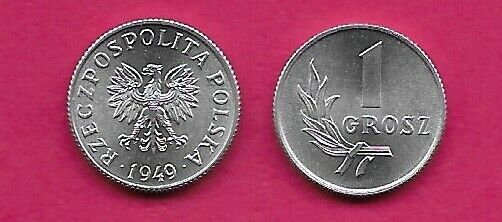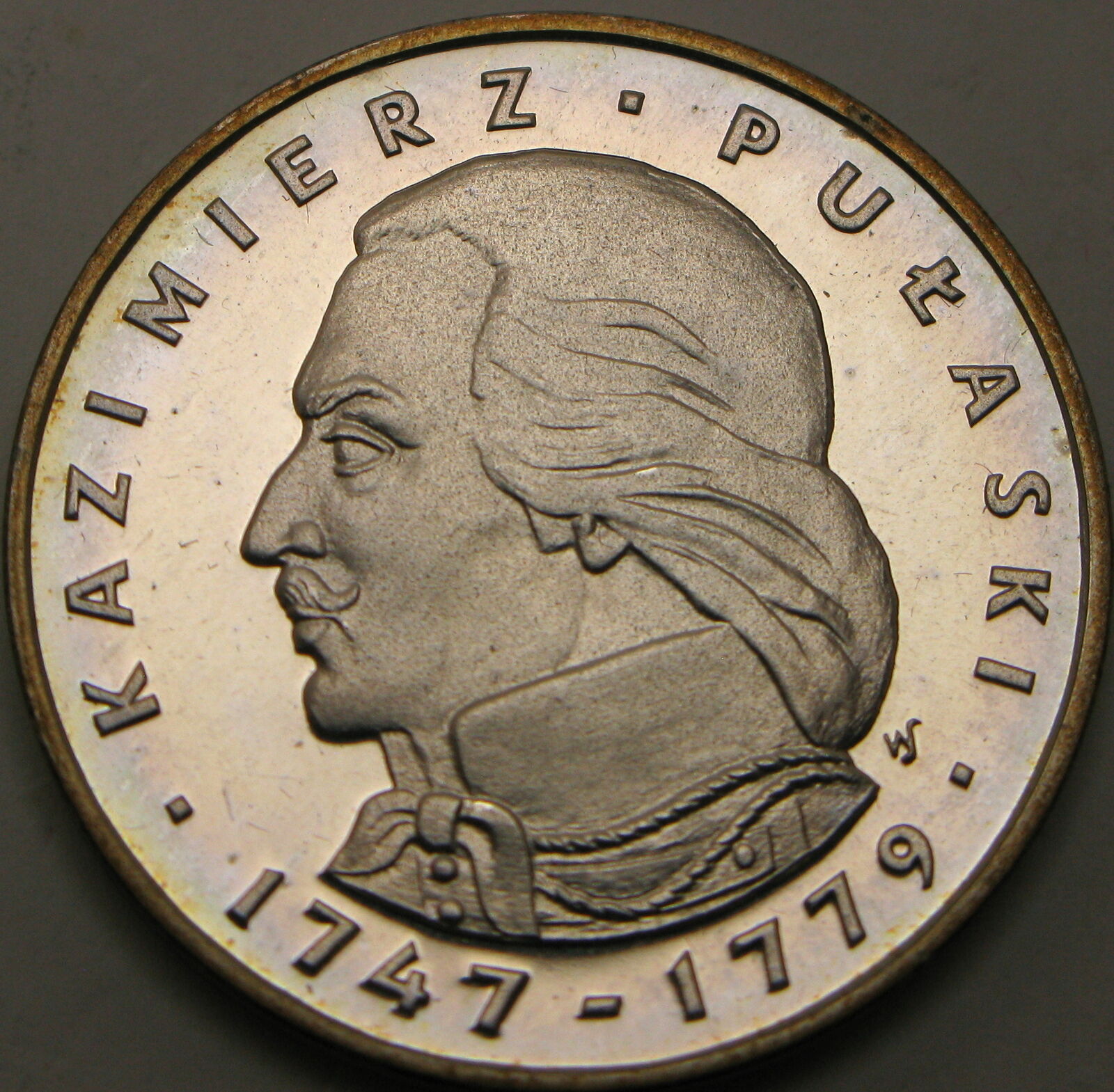-40%
Poland 1598 3 Groschen NGC MS64 Sigismund III Stunning Surfaces !
$ 186.91
- Description
- Size Guide
Description
Poland, Sigismund III 3 Groschen or Groszy (Trojak) 1598 MS64 NGC,Riga mint, Gum-1454.
Remarkably brilliant lustrous surfaces. Difficult to find in this high a grade.
Combined shipping available. Please view our high resolution photos.
Sigismund III Vasa (Polish: Zygmunt III Waza, Swedish: Sigismund, Lithuanian: Žygimantas Vaza; 20 June 1566 – 30 April 1632 N.S.), also known as Sigismund III of Poland, was King of Poland, Grand Duke of Lithuania and monarch of the united Polish–Lithuanian Commonwealth from 1587 to 1632 as well as King of Sweden and Grand Duke of Finland from 1592 to 1599.
Sigismund was the son of John III of Sweden and his first wife Catherine Jagiellon of Poland. Elected monarch of the Polish–Lithuanian Commonwealth in 1587, he sought to unify Poland and Sweden under one Catholic kingdom, and succeeded for a time in 1592 (Polish–Swedish union). After he had been deposed in Sweden by his Protestant uncle, Charles IX, he spent much of his life attempting to reclaim the Swedish throne.
A pious yet erratic ruler, Sigismund attempted to hold absolute power in all his dominions. He suppressed internal opposition, strengthened the power of the Catholic Church and granted greater privileges to the Jesuits. He actively questioned the authority of the Habsburgs in the Holy Roman Empire and interfered in the affairs of neighbouring states; he took advantage of a period of civil unrest in Muscovy, known as the Time of Troubles, and invaded Russia, holding Moscow for two years (1610–12) and Smolensk thereafter. Sigismund's army also defeated the Ottoman forces in Moldavia (1617–21), which systematically led to the demise of Sultan Osman II. However, the Polish-Swedish conflict had a less favourable outcome. After a series of short skirmishes and wars ending in a truce, Gustavus II Adolphus of Sweden launched a campaign against the Commonwealth which resulted in the loss of Polish Livonia (Estonia and Latvia) with Riga and in Sigismund's claim to the Swedish crown.
Sigismund remains a highly controversial figure in Poland. One of the country's most recognisable monarchs, he moved the country's administrative capital from Kraków to Warsaw in 1596. His long reign coincided with the Polish Golden Age, the apex in the prestige, power and economic influence of the Polish–Lithuanian Commonwealth. On the other hand, it was also during his reign that the seeds of decline surfaced which would lead to the eventual demise of the Commonwealth.
He was commemorated in Warsaw by Sigismund's Column, one of the city's landmarks and the first secular monument in the form of a column in modern history. It was commissioned after Sigismund's death by his son and successor, Władysław IV.













